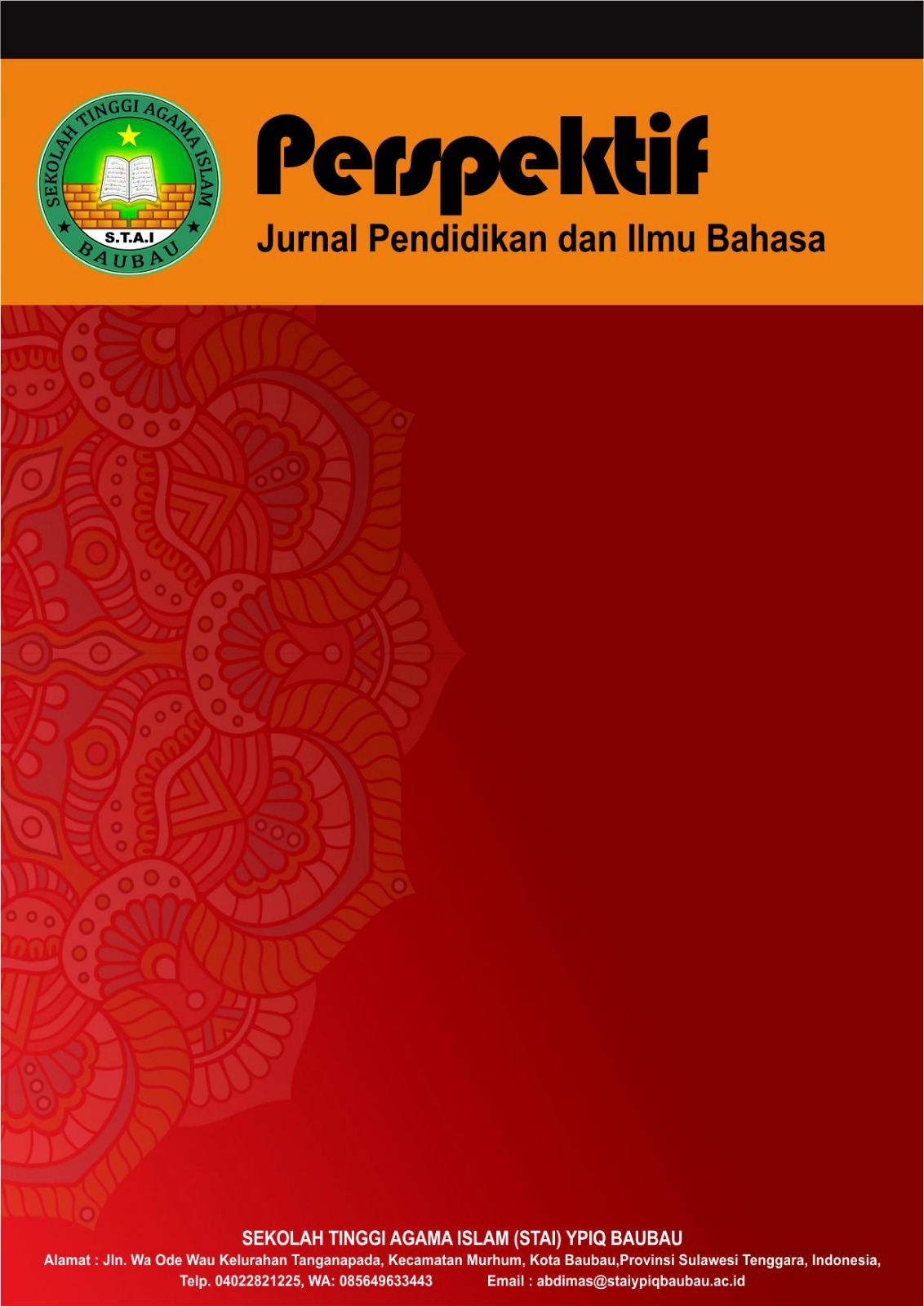Mengungkap Faktor Kesulitan Membaca Bahasa Arab pada Mahasiswa Berlatar Belakang Non Pesantren di PBA UINSU Medan
DOI:
https://doi.org/10.59059/perspektif.v3i1.2012Keywords:
Language, Nahwu, Sharf, VocabularyAbstract
The skill of reading is referred to as mahārah qirā’ah in Arabic, which is the third skill after mahārah istima’ and mahārah kalām. In the Arabic Language Education program, some students come from non-boarding school backgrounds and may not have studied Arabic extensively before. This condition can present several challenges, especially in reading Arabic texts. The aim of this study is to analyze the factors that contribute to the difficulty in reading Arabic texts among students from non-boarding school backgrounds in the Arabic Language Education program at UINSU, batch 2021. The method used in this study is qualitative research, with data collection techniques including observation, interviews/questionnaires with five students, and a literature review of previous research. The results of this study show that factors affecting the difficulty in reading Arabic texts among non-boarding school students include their educational background, a lack of understanding of nahwu (syntax) and sharf (morphology), insufficient vocabulary mastery, and a lack of interest in learning Arabic. This study reveals these factors in order to raise awareness among educators about the issue and encourage students to improve their skills in learning Arabic.
References
Berutu, S. N., Pardedee, S., Silitonga, S., & Widiastuti, M. S. A. S. (2023). Studi kasus pada peserta didik dalam kesulitan belajar. Jurnal Pendidikan Sosial Dan Humaniora, 2(1).
Faizun Noor, R. (2015). Hubungan antara membaca pemahaman dengan kemampuan menyelesaikan soal cerita matematika pada siswa kelas IV SD se-Gugus Karangmojo III Gunungkidul. Pendidikan, 48.
Gala, S. (2005). Konsep dan makna pembelajaran. Alfabeta.
Hamka, D. L., R. M., & Mariah, E. (2021). Analisis faktor kesulitan membaca teks bahasa Arab siswa sekolah Madrasah Tsanawiyaah kelas tujuh di Kota Makassar. Pinisi Journal of Education, 1(2), 196–205.
Indonesia, T. redaksi K. B. (2008). Kamus bahasa Indonesia. Pusat Bahasa Departemen Pendidikan Nasional.
Juwita, S. R. (2017). Bahasa Indonesia: Keterampilan membaca dan menulis (pp. 1–161).
Khoiriyah, H. (2020). Metode qirā’ah dalam pembelajaran keterampilan reseptif berbahasa Arab untuk pendidikan tingkat menengah. لسـانـنـا (LISANUNA): Jurnal Ilmu Bahasa Arab Dan Pembelajarannya, 10(1).
Munawwir, A. W. (1997). Al-Munawwir: Kamus Arab-Indonesia. Pustaka Progresif.
Nasution, S. (2016). Ahdāf ta’lim al-lughah al-‘Arabiyah li ghair al-nāthiqina bihā. Jurnal Tarbiyah, 23(02).
Nasution, S. (2017). Pengantar linguistik bahasa Arab (M. Kholison, Ed.). CV. LISAN ARABI.
Nasution, S., & Zulheddi. (2019). Strategi pembelajaran aktif untuk keterampilan membaca dan menulis bahasa Arab. Seminar Internasional Dinamika Pendidikan Islam, 701–715.
Rahman, A. A. (2018). Keterampilan membaca dan teknik pengembangannya dalam pembelajaran bahasa Arab. Diwan: Jurnal Bahasa dan Sastra Arab, 3(2), 155. https://doi.org/10.24252/diwan.v3i2.4602
Rambe, R. N. K., Putri, D. A., Hasanah, N., Berutu, S. R., Putri, W. A., & Jaffa, Z. A. (2023). Strategi guru dalam mengatasi kesulitan membaca pada siswa kelas II SD Negeri 107399 Bandar Khalifah. Jurnal Bintang Pendidikan Indonesia, 1(3).
Ria Kristia Fatmasari, H. F. (2018). Ketrampilan membaca.
Sudaryati, S., Pattiasina, P. J., Deswalantri, D., Widayati, U., Rukmana, A. Y., Normasunah, N., Meisuri, M., & Keban, S. K. K. (2023). Keterampilan membaca (pp. 1–143).
Wahdah, Y. A. (2020). Faktor-faktor kesulitan siswa saat membaca teks bahasa Arab. Alsuniyat, 1(1), 30–46. https://doi.org/10.17509/alsuniyat.v1i1.24197
Downloads
Published
How to Cite
Issue
Section
License
Copyright (c) 2024 Perspektif : Jurnal Pendidikan dan Ilmu Bahasa

This work is licensed under a Creative Commons Attribution-ShareAlike 4.0 International License.








